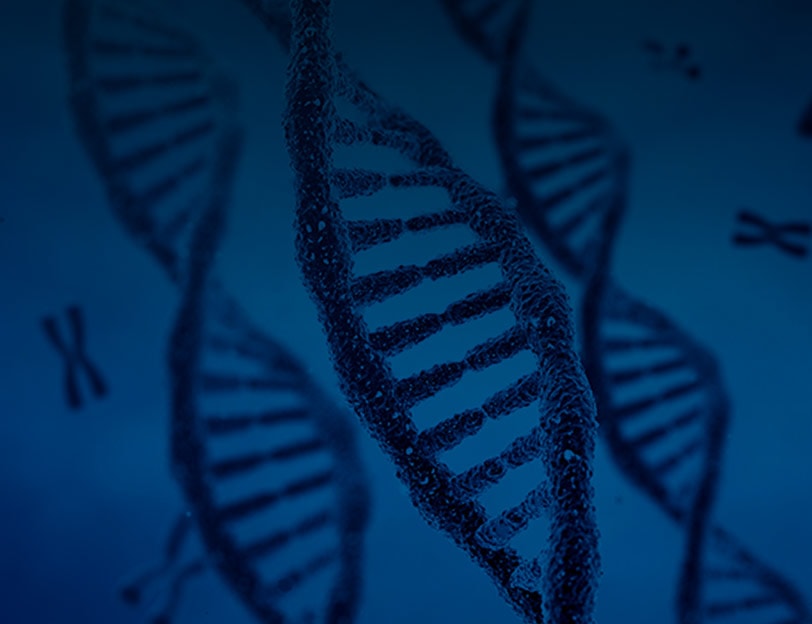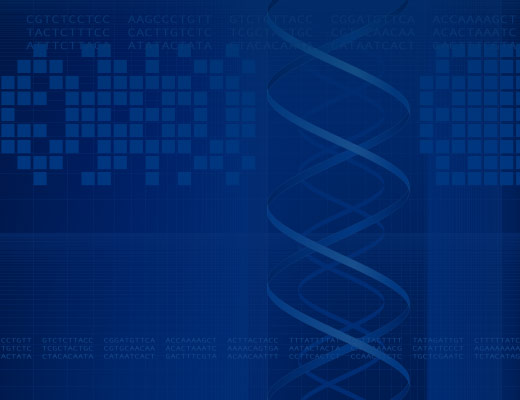Target Amplification and Library Prep
PowerSeq™ Systems can be added to your sequencing analysis workflows to facilitate library prep and target amplification of the mitochondrial control region.
The PowerSeq™ CRM Nested System offers a streamlined process for library preparation by reducing hands-on time for sequencing the control region of the mitochondrial genome. PowerSeq™ 46GY System represents the largest combination of autosomal and Y-STR loci in a single kit to generate sequence data and improve your MPS workflow.
The PowerSeq™ Quant MS System is a streamlined qPCR-based system designed for accurate quantification of MPS libraries compatible with Illumina MiSeq® platforms. MPS library quantification eliminates the need to be human-specific by directly measuring DNA bound to the adapter sequences.
Filter By
Shop all Target Amplification and Library Prep
Showing 5 of 5 Products
An Introduction Forensic Sequencing Applications
Massively parallel sequencing (MPS), also called next generation sequencing (NGS), has the potential to alleviate some of the biggest challenges facing forensic laboratories, namely degraded DNA and samples containing DNA from multiple contributors. Unlike capillary electrophoresis, MPS genotyping methods do not require fluorescently-labeled oligonucleotides to distinguish amplification products of similar size. Furthermore, it is not necessary to design primers within a color channel to generate amplicons of different sizes to avoid allele overlap. Consequently, all the amplicons can be of a similar, small size (typically <275 base pairs). The small size of the amplicons is particularly advantageous when working with degraded DNA. Because the alleles are distinguished by the number of repeats and the DNA sequence, additional information can be derived from a sample. This can be especially important when genotyping mixtures.
Because there is no reliance upon size and fluorescent label, significantly greater multiplexing is possible with MPS approaches. In addition to autosomal short tandem repeats (STRs), we can also sequence Y-STRs, single nucleotide polymorphisms (SNPs), and the mitochondrial DNA control region.
The initial steps in the MPS workflow on the Illumina sequencing platforms (MiSeq® and MiSeq® FGx) are virtually identical to the workflow used for capillary electrophoresis. DNA is extracted from the samples, the amount of DNA quantitated, and PCR is performed to amplify the genomic DNA regions of interest (e.g., STR loci or SNP sites). With MPS, the amplicons need to be modified to attach adaptors that are necessary for DNA sequencing. The modification may entail a second amplification to add the adaptor sequences onto the initial amplicons, or a series of enzymatic reactions to ligate the adaptor sequences onto the amplicons. Regardless of the approach used, excess primers and primer-dimers must be eliminated by size selection using paramagnetic beads or columns. After purification, the amplicons are quantitated and normalized prior to sequencing analysis.



